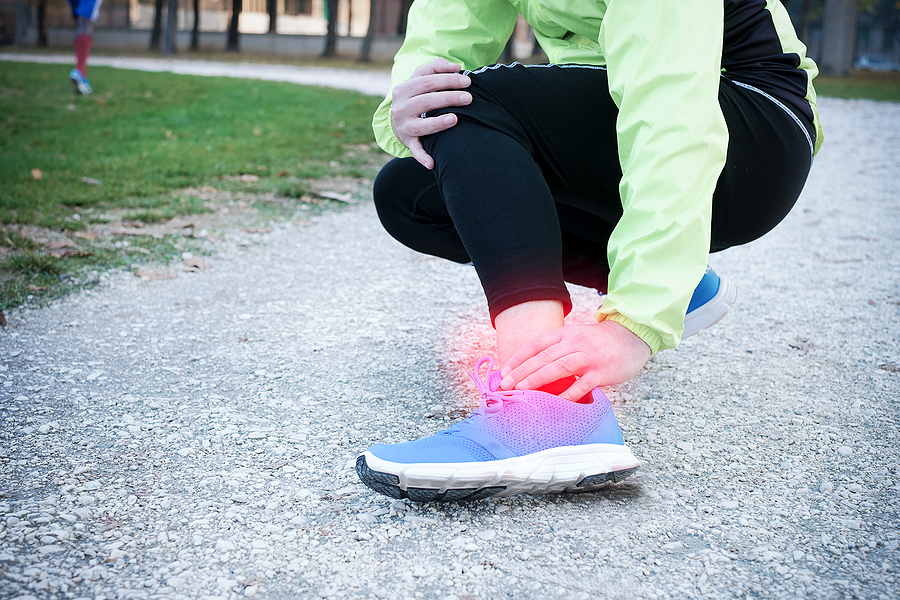If you’ve been diagnosed with psoriatic arthritis, you might have noticed that you often feel worse in the winter or on rainy days. You’re not imagining things. Weather changes do seem to affect psoriatic arthritis flare-ups for many of the approximately 1.5 million people living with the condition in the United States.
What is psoriatic arthritis?
Psoriatic arthritis is a type of inflammatory, chronic arthritis that typically affects the joints. It is often diagnosed in people with psoriasis, which is a chronic disease of the skin and nails that results in scaly, flaky red and white patches.
Psoriatic Arthritis Symptoms
As with other forms of arthritis, psoriatic arthritis causes inflammation in the joints, especially in the hands and feet, which results in pain, stiffness, and swelling. Other possible symptoms include:
- Plantar fasciitis (pain in the Achilles’ tendon or sole of the foot)
- So-called “sausage digit” (swelling and tenderness of an entire finger or toe)
- Eye inflammation
- Chronic abdominal pain
- Spondylitis, which causes pain in the lower back and spine
What types of weather can contribute to psoriatic arthritis flare-ups?
In general, any weather that makes joint pain worse, no matter what’s causing the pain, can trigger a flare-up of psoriatic arthritis symptoms.
- Cold – Scientists think that lower temperatures can make the synovial fluid that helps lubricate our joints thicken. Thicker fluid in the joints can make them feel stiff, painful, and more difficult to move.
- Changes in barometric pressure – Sudden changes in the air pressure that naturally occur when a warm or cold front moves into the area can also affect our bodies. Our connective tissue at the joints can increase or decrease in size in response to the outside pressure in the air. These changes put added stress on our muscles and nerves, which can cause inflammation and pain.
- Humidity and rain – many people seem to feel their joint pain more acutely on rainy days or in humid conditions, reporting that they feel achy and stiff. Although more research needs to be done to establish causality, people tend to be less active on rainy days, and lack of physical activity certainly contributes to joint pain and stiffness.
Living with Psoriatic Arthritis
There are many things you can do to live well with psoriatic arthritis. If you know that weather changes trigger flare-ups in your symptoms, keep an eye on the forecast and try to plan ahead to include some of the options below to alleviate your symptoms.
- Exercise and stretching – regular exercise, even walking, can improve the flexibility in your joints, keeping stiffness at bay. Stretching exercises or yoga are also helpful.
- Heat therapy – taking a warm bath or shower or using heating pads can reduce inflammation and bring pain relief.
- Massage – professional massage services, like the ones provided by Advanced Rheumatology of Houston, help increase circulation, relax muscles, relieve pain, and energize the body.
- Anti-inflammatory medication – mild joint inflammation and pain responds well to nonsteroidal anti-inflammatory medicine you can get over-the-counter (e.g., ibuprofen). Your doctor may prescribe oral steroids for more long-lasting symptoms.
Make a Treatment Plan With Your Rheumatologist
Talking to an expert about your psoriatic arthritis can dramatically improve your quality of life. Together, you and your rheumatologist can develop an individualized treatment plan based on your symptoms and triggers, including weather changes. Contact Advanced Rheumatology of Houston today at (281) 766-7886 to schedule an appointment with our caring team of experts.



